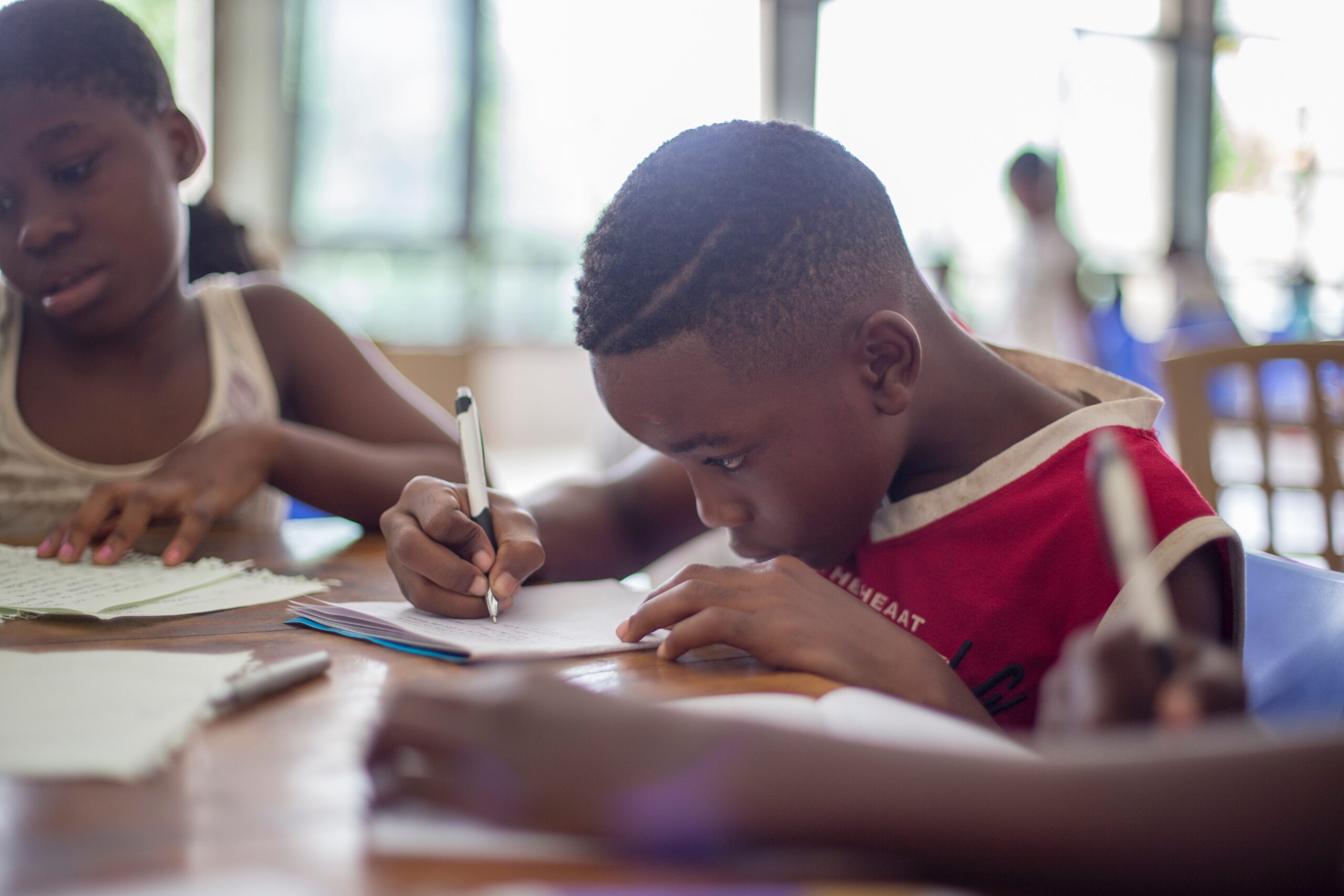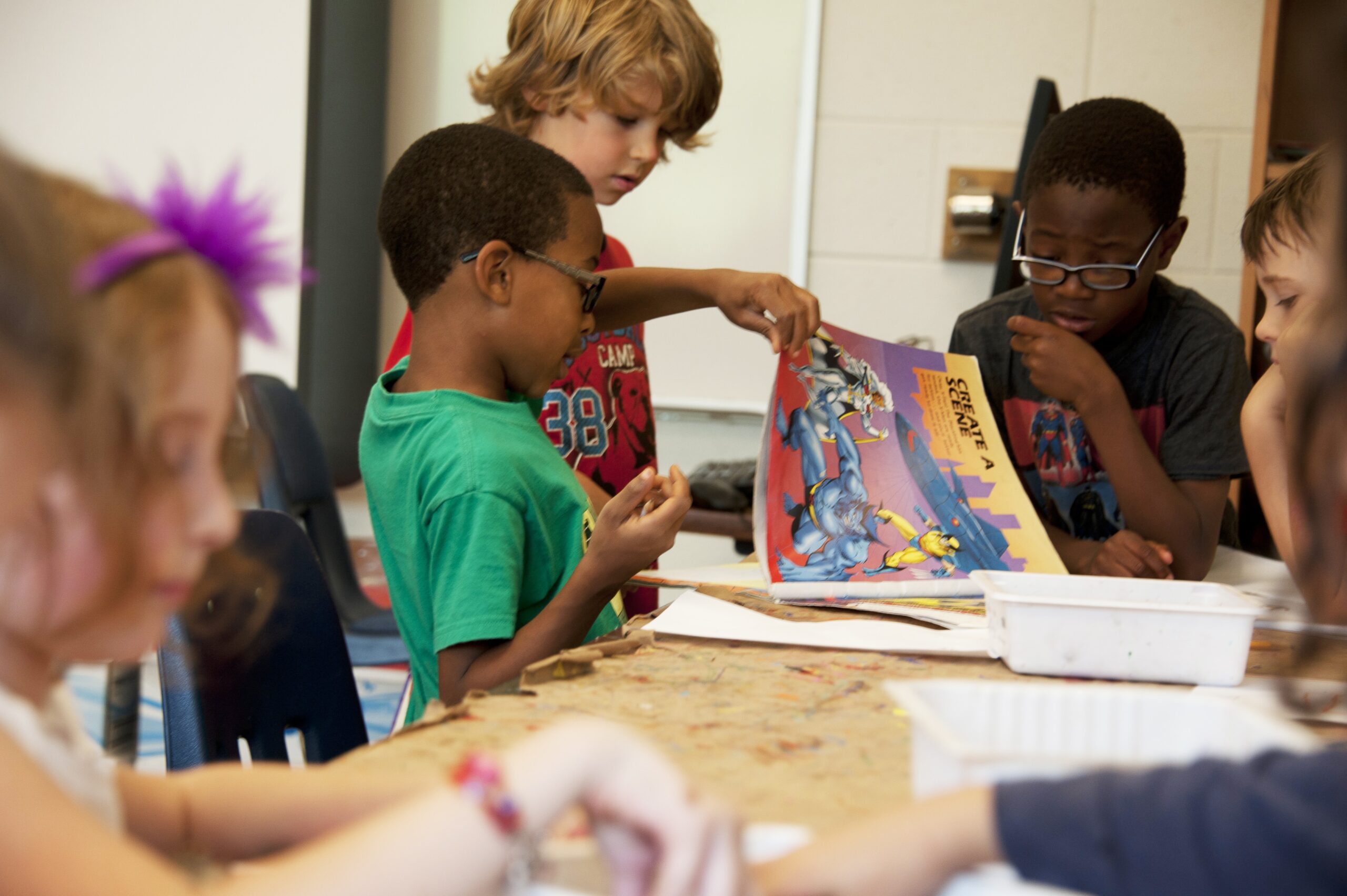US Practice of Handcuffing Children Violates International Human Rights Law
US Practice of Handcuffing Children Violates International Human Rights Law
“There can be no keener revelation of a society’s soul than the way in which it treats its children,” said the late President Nelson Mandela at the launch of the Nelson Mandela Children’s Fund in Pretoria, South Africa.
Mandela’s quote is timely as it is true; a nation that allows child suffering is gospel of its real stance on human rights. One need only ask 12-year-old Tashawn Bernard, whose life changed after police officers in Lansing, Michigan placed him handcuffs.
Tashawn was carrying garbage to a dumpster from his apartment when Lansing police officers stopped him, alleging his neon green shorts matched an individual who the department connected to a string of car thefts in the area.
While Tashawn did have on neon green shorts, the Bernards disagree that Tashawn’s grey shirt resembled the attire of the alleged suspect.
One cannot deny that Tashawn’s clothing had some similarities to the alleged suspect. However, one must distinguish carefully between harmless mistakes and harmful practices.
The practice of handcuffing children is harmful as is the practice of police officers drawing their guns on children. “The way they execute their duty is wrong,” Michael Bernard told WLNS 6 News, “plain wrong,” he continued.[1] Mr. Bernard disclosed to media outlets that the handcuffing incident traumatized Tashawn.
Evidence supports the plight of Mr. Bernard, as handcuffing has been shown to invoke feelings of fear, inferiority and anxiety in a child.[2]
Statistics Show Michigan Black Youth Are Disproportionately Arrested
The maltreatment Black youth are subjected to in Michigan is only a fraction of the community’s concerns. For instance, research shows Black youth are disproportionately funneled into criminal justice system. They also comprise of 75% of children arrested and make up most—if not all—the children referred to juvenile court.[3]
It is worth stating at this point that Tashawn’s experience is not an isolated incident in the US. Reports surfaced online that Volusia County Sheriffs placed an 11-year-old Florida girl in handcuffs after she made a false kidnapping report to 911. While the false report the young girl made to the sheriff’s dispatcher was a cause for alarm, sheriffs did not have to use restraints to teach the young girl “a lesson.”
In addition to the incidents above, reports indicate policing in Sacramento have become racialized. For instance, Sacramento police stereotyped a group of Black children as “ghetto” and used discriminatory words to suggest they have a general learning disability. After their discriminatory comments, Sacramento police handcuffed the 14-year-old boy.[4] An investigation found Sacramento police officers failed to document that police had the 14-year-old boy handcuffed for 27-minutes. Like many police departments, Sacramento does not have a policy that prohibits the handcuffing of minors.
United Nations Rules for the Protection of Juveniles Deprived of Their Liberty
Under the Havana Rules, instruments of restraint and force can only be used in exceptional cases. Further, all other control methods must be exhausted and shown to fail before law enforcement can place a child in handcuffs. When police departments decide to place a child in restraints, their actions must be explicitly authorized and specified by law and regulation. As I have stated before, handcuffing a child must meet the rational connection test and the minimal impairment test.[5]
After reviewing footage of the Bernard incident, I am not convinced that the Lansing police officers’ actions met either test. First, Lansing officers did not exhaust other control methods. Even if Lansing police officers had done so, the footage unequivocally demonstrates that Tashawn was neither combative nor belligerent.
The United Nations makes clear that law enforcement officers cannot handcuff a child who poses no imminent threat of injury to themselves or others.[6]
If not combative nor belligerent, then Lansing police’s actions were not appropriate to achieve a proper purpose: inquiry into whether Tashawn was the suspect of the thefts.
The incidents above further raise the question as to whether American law enforcement’s handcuffing of children constitutes an unlawful attack on their reputation. After reviewing the Sacramento and Florida incidents, it is quite likely that the restraints used in those incidents rose to the level of humiliating and degrading treatment.[7] Such actions violate Article 16 (1) of the Convention on the Rights of the Child.
State Parties, such as the US, must take all appropriate legislative and administrative measures to protect children from all forms of maltreatment.[8] In light of the ongoing violation on children rights, I renew my call for the US to ratify the CRC.
Sources Consulted
[1] WLNS 6 News. (2023). Father of boy in viral video reacts to son being detained. WLNS 6 News, retrieved August 11, 2023, https://www.youtube.com/watch?v=1G8L803BKEs.
[2] Canada, Q. (2023). The Arbitrary Practice of Handcuffing US Children: Why Ratifying the UN Convention on the Rights of a Child is Crucial for Children Rights. Journey to the Center. Retrieved August 14, 2023.
[3] Fox 47 News (2023). Lansing community demands change after wrongful detainment of 12-year-old. Fox 47 News, retrieved from https://www.fox47news.com/neighborhoods/delhi-township-holt-and-southside-lansing/lansing-community-demands-change-after-wrongful-detainment-of-12-year-old
[4] Clift, T. (2023). Sacramento police called kids ‘ghetto’ before handcuffing 14-year-old Black boy, The Sacramento Bee, retrieved July 25, 2023, available at https://www.sacbee.com/news/local/article277536308.html
[5] Supra, note 2.
[6] Id.
[7] General Assembly (1990). Limitation of physical restrain and the use of force in United Nations Rules for the Protection of Juveniles Deprived of their Liberty, at para. 64. While paragraph 64 refers to incarcerated children, one should always remember that restraints should never be used to humiliate or degrade a child, as witnessed in the Florida and Sacramento incidents.
[8] Convention on the Rights of the Child, Article 19 (1)

